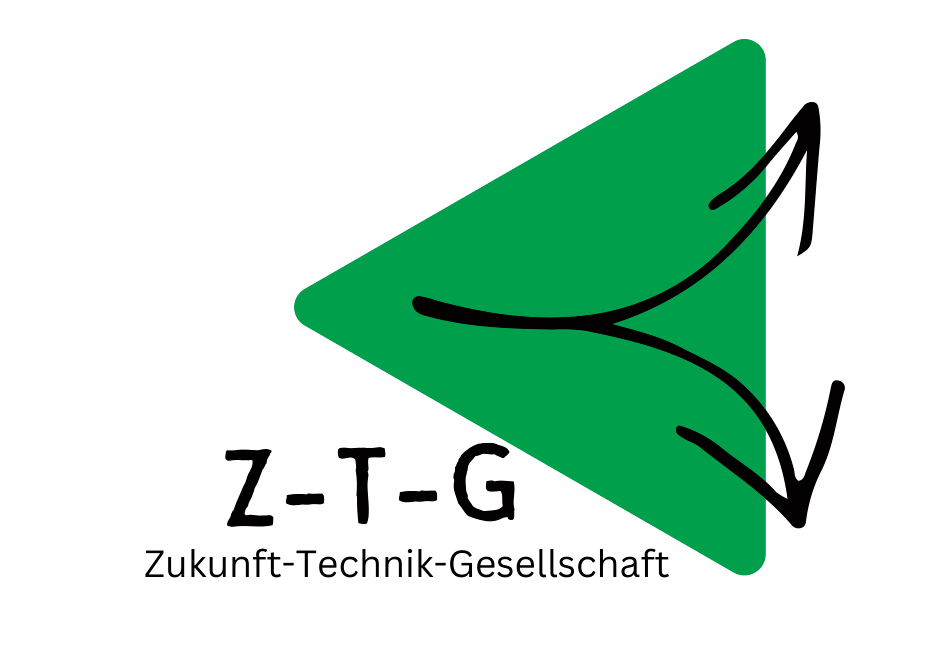Paths that move: The access to people, goods and services in Styria in the context of global mega-trends (Z-T-G 001)
Mobility moves. Not only in a physical sense, but also in a figurative sense. Conflicting aspects concern the competition for sufficient and cheaply available energy for transport purposes as well as the shared use of infrastructure and its financing. As a result of the pandemic, digitization trends have intensified and are giving rise to complex issues. Work, education and consumption, as well as logistics and goods transport, are changing their face. The constancy of migration movements also within Styria (increased desire for "living/working/learning in the countryside", i.e. ruralization) as well as the chosen forms of transport (increase in active mobility as well as decrease in the degree of occupation of means of transport) is associated with uncertainties. Overarching implications for the Styrian contribution to meeting the carbon budget available for transport are unclear.
Against the background of the need to create a sustainable mobility system, this project develops and evaluates different mobility paths for the next decades. For this purpose, an interdisciplinary supported, multidimensional view on the future development of mobility in Styria is taken, considering both passenger and freight transport, as well as implications for Styria as a production location. The future projections are to be flexible enough to integrate recent materializing developments, to strengthen appropriate trends and to change course according to the principle of avoid-shift-improve. The projection period covers the next 20 years in line with the 2040 climate neutrality target at the federal level.
Among others, the analysis addresses the following questions:
- What new governance structures and tax needs are derived for spatial, urban, and transportation planning?
- What are the requirements for the distribution patterns of housing, workplaces, and infrastructure?
- How do the different projections affect social inclusion and socio-spatial inequalities?
- What is the significance of new social practices, such as the use of "Mobility as a Service" (MaaS) offers, for the Styrian industry?
The project Z-T-G 001 Mobility Pathways approaches this topic through a broad transdisciplinary backcasting process. With the participation of stakeholders, the neuralgic points of possible development paths are identified and quantitative projection calculations are validated. Furthermore, backcasting and scenario analysis are intertwined in this project in a contrasting and synthesizing manner.
Project team
TU Graz, Institute of Human-Centred Computation, STS--Science, Technology and Society Unit
- Christian Dayé (coordinator)
Mag. Dr. phil. - Roman Prunč
Bakk.rer.soc.oec.
Universität Graz, Department of Environmental Systems Sciences
- Alfred Posch
Univ.-Prof. Mag. Dr.rer.soc.oec. - Annina Thaller
BSc MSc PhD - Simone Schreiegg
BSc MSc
Universität Graz, Wegener Center for Climate and Global Change
- Karl Steininger
Univ.-Prof. Mag. Dr.rer.soc.oec. - Samuel Duelli
BSc MSc - Mariana Rivera Aguilar
MSc - Elisa Freisinger
BSc
Funding agency
Amt der Steiermärkischen Landesregierung, Abteilung Wirtschaft, Tourismus, Wissenschaft und Forschung
Duration
Beginn: 01.03.2023
Ende: 30.09.2024


